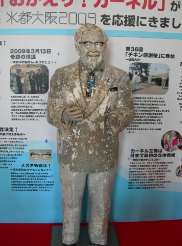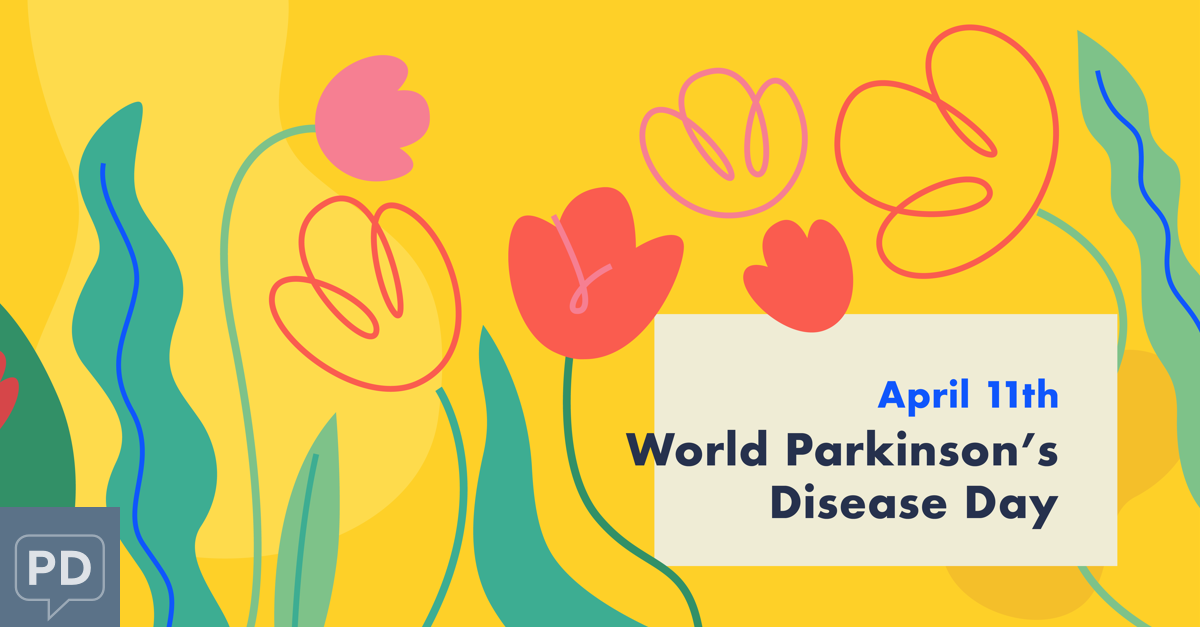Every year the world celebrates World Parkinson’s Day on April 11 to raise awareness about Parkinson’s disease. This worldwide awareness day was started in 1997 by Parkinson’s Europe and was adopted by the World Health Organization immediately.
For those of you that don’t know the details of this disorder, The Parkinson’s Foundation defines Parkinson’s disease as, “a neurodegenerative disorder that affects predominately the dopamine-producing (“dopaminergic”) neurons in a specific area of the brain called substantia nigra.”
The National Institute of Aging lists the following symptoms of the disease: tremor in hands, arms, legs, jaw, or head, muscle stiffness, slowness of movement, and impaired balance and coordination. There are five stages of Parkinson’s with the symptoms progressively getting worse due to the degenerative nature of this disorder.
The Stanford Medicine Blog says, “The timeline for the stages varies but most people go up one stage every two years, except for stage 2 which is five years. Stage 3 is a significant milestone because it is associated with falls and a reduced quality of life.”
At this time there is no specific test to diagnose patients with this disease. According to the Mayo Clinic, it is determined if you have this disorder “based on…medical history, a review of…symptoms, and a neurological and physical exam.”
Not only is there no official way to diagnose this disease, there is also no known etiology of Parkinson’s. The National Institute of Neurological Disorders and Strokes (NINDS) has said, “Researchers increasingly believe that most, if not all, cases of PD probably involve both a genetic and environmental component.” Studies conducted through NINDS have determined that “an estimated 15 to 25 percent of people with Parkinson’s disease have a family history of the disorder,” meaning that there may be a hereditary cause linked to the disease.
Along with there being no known cause, there is also no known cure for this disease. However, there are multiple treatment options available to help hold off the symptoms progressing and to raise the quality of life for patients.
In 2002 the FDA approved deep brain stimulation (DBS) to help treat many Parkinson’s symptoms, “such as tremor, stiffness, slowed movement, and slowed walking.” The Parkinson’s Foundation describes DBS as multiple surgical procedures that implants electrodes into the brain and then an impulse generator battery in the abdomen or under the collarbone, which “delivers an electrical stimulation to targeted areas in the brain that control movement.”
Although a cure has not yet been discovered, many organizations like the Mayo Clinic, Parkinson’s Foundation, and Johns Hopkins have been making tremendous strides in their unrelenting efforts to find a cure.






























